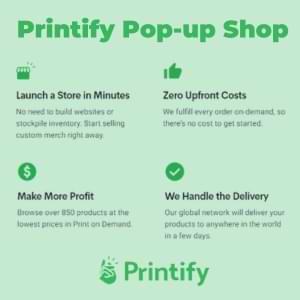According to the National Retail Federation and Prosper Insights & Analytics, Americans are expected to spend a record amount on Valentine’s Day this year despite a years-long decrease in the percentage of people celebrating the holiday.
Those surveyed said they would spend an average $161.96. That’s up 13 percent from last year’s $143.56 and easily tops the previous record of $146.84 set in 2016.
Total spending is expected to be $20.7 billion, which is an increase of 6 percent over last year’s $19.6 billion and breaks the previous record of $19.7 billion, also set in 2016.
The spending increases come even though only 51 percent of Americans plan to celebrate the holiday, down from 55 percent last year and a high of 63 percent in 2007. It is unclear why the number of consumers celebrating has trended downward over the past 12 years, but spending, while varying with the economy, has generally trended up. The lowest spending during the period was $102.50 in 2009 during the Great Recession.
Of the $18.40 increase in average spending, only $4.26 comes from spending on spouses and significant others, which is expected to total $93.24. Consumers said they would spend $29.87 on other family members, up $4.58; $9.78 on friends, up $2.59; $8.63 on children’s classmates or teachers, up $1.37; $7.78 on co-workers, up $2.99; $6.94 on pets, up $1.44 and $5.72 on others, up $1.17.
Americans are expected to spend a record amount on Valentine’s Day this year despite a years-long decrease in the percentage of people celebrating the holiday. Share on XAs in each year of the survey, men are the biggest spenders at $229.54, up 20 percent from last year. That’s more than double the $97.77 women said they would spend, which is down 1 percent, and is within the survey’s margin of error.
Among age groups, those 35-44 are the biggest Valentine spenders at $279.14, followed by those 25-34 at $239.07. Both groups typically have more people to buy for including children and children’s classmates or teachers.
Gifts for pets continue to be popular, purchased by 20 percent. Pet spending is expected to total $886 million, up $519 million since NRF first asked in 2008.
Gifts for pets continue to be popular, purchased by 20 percent. Pet spending is expected to total $886 million Share on XThose celebrating plan to spend $3.9 billion on jewelry (given by 18 percent), $3.5 billion on an evening out (34 percent), $2.1 billion on clothing (18 percent), $1.9 billion on flowers (35 percent), $1.8 billion on candy (52 percent), $1.3 billion on gift cards (15 percent) and $933 million on greeting cards (44 percent). Gifts of experience such as tickets to an event or a trip to a spa are wanted by 40 percent and planned to be given by 25 percent.
Department stores are the most popular Valentine’s Day shopping destination, visited by 35 percent of shoppers, followed by discount stores (32 percent), online (27 percent), specialty stores (18 percent) florists (16 percent), small or local businesses (14 percent), jewelry stores and specialty clothing stores (each 9 percent).
Even among those who don’t plan to celebrate Valentine’s Day as such, 11 percent plan to treat themselves to gifts like clothing or jewelry and 9 percent plan to get together with other single friends or family.
About The National Retail Federation
The National Retail Federation is the world’s largest retail trade association. Based in Washington, D.C., NRF represents discount and department stores, home goods and specialty stores, Main Street merchants, grocers, wholesalers, chain restaurants and internet retailers from the United States and more than 45 countries. Retail is the nation’s largest private-sector employer, supporting one in four U.S. jobs — 42 million working Americans. Contributing $2.6 trillion to annual GDP, retail is a daily barometer for the nation’s economy.







